INTERVIEW BY GRAHAM WRIGHT
Al Macovski has been an engineering professor specializing in signals and systems for medical imaging for almost 50 years, with a primary focus on MRI over the past 35 years. He established the Magnetic Resonance Systems Research Lab (MRSRL) at Stanford in the early 80s, arguably one of the most prolific and influential labs in MR image acquisition, reconstruction, and analysis. He is an incredible inventor (with more than 200 patents including major contributions to the development of color television, dual energy x-ray, and ultrasound phased arrays, as well as MRI) and academic (directly supervising more than 60 doctoral students), but above all, he is, to borrow one of his many Yiddish phrases, a mensch. I had the great privilege of doing my graduate training with Al in the mid-80s along with an incredibly talented group of colleagues. When asked by ISMRM to help interview Al for Highlights, I saw it as a chance to try to convey to the broader MR community who may not have had the chance to work with Al some of his magic. In the process, my respect for him grew deeper as many stories unfolded over the course of a wide-ranging 90-minute conversation. For the sake of practicality, Nikola Stikov and I have tried to hone down this story to a manageable article length, focusing on the parts most relevant to Al’s work in MRI. But that story needs context if one is to get a glimpse of Al’s true genius, so let me begin by providing a summary of our discussion of his journey from being a kid in the Bronx to a Stanford Electrical Engineering professor, with excerpts of Al’s comments from that part of the interview.
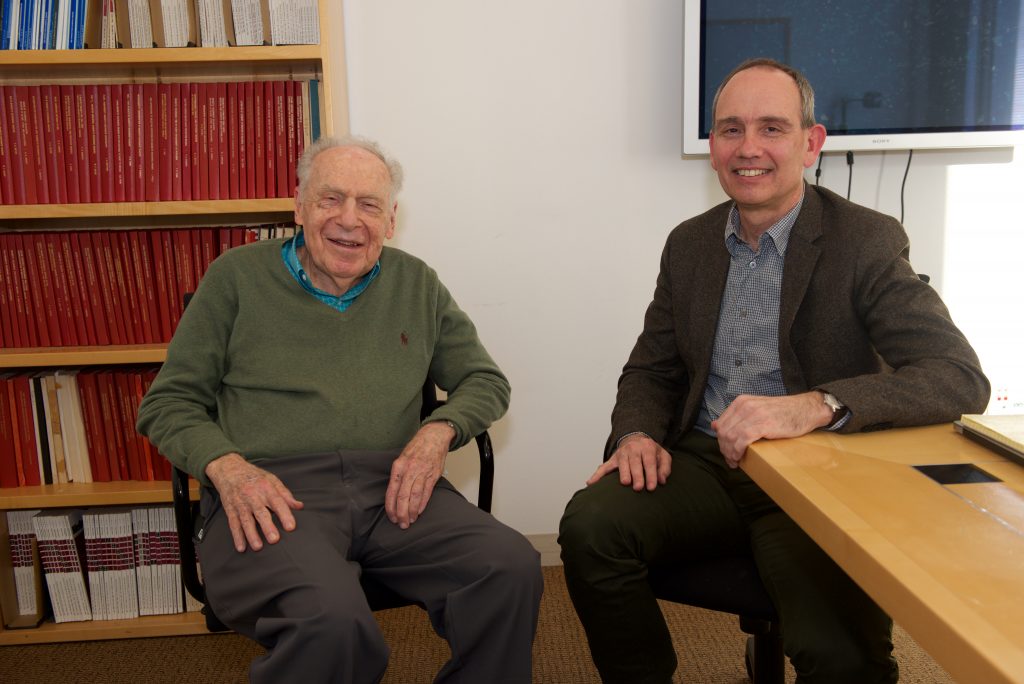
Graham Wright (GW): To start, can you give us some perspective on your early interest in technology development?
Al Macovski (AM): I was into ham radio as a young kid, 12 or 13. We lived in a one-bedroom apartment with three generations. My grandmother slept in the kitchen on a cot and my folks slept in a bedroom, and my brother and I slept in the living room. So with a little corner I built the little ham radio station.
GW: Where did you go for college?
AM: We didn’t have any money and the situation at our apartment was terrible with all the crowding, so I wanted to see if there was somewhere I could go to college for free other than City College of New York (CCNY). I thought of West Point, because they had an engineering school, so I wrote to the governor. The trouble is he said you can’t go until you’re 17 and I got out of high school at 16. So, I went to CCNY and that’s where I spent four years. They had a new curriculum, by people like Jacob Millman, where you studied amplifiers and oscillators. That’s what I did, despite being initially streamed in the “old” curriculum focused on power engineering.
GW: You finished college in 1949 at age 20 and started searching for your first job. Where did you look?
AM: There was only really one big post-war industry in the US – television. RCA Laboratories was giving a competitive exam and I did fairly well on it. In fact, they were a little bit concerned as to whether or not I was cheating, but after some grilling they were convinced. So, I got the job for the magnificent salary of $215 a month. Shortly after I started there, they gave me an award for my work in synchronization.
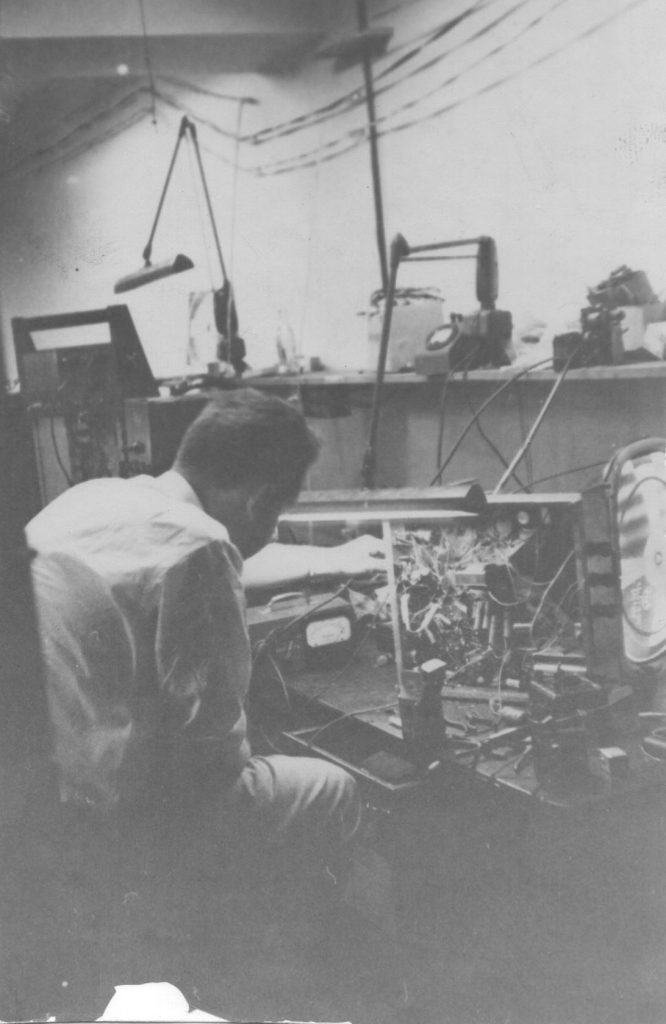
GW: What motivated you to head out of RCA Labs and spend more time back in school?
AM: All the work I did was basically circuitry, plus work in systems. But the systems part was so fascinating and I realized that I really didn’t have enough of a background in systems – linear systems and the like – so I started going to Brooklyn Polytechnic Institute in the evening after work. And then in ’57, I joined the Polytechnic Institute of Brooklyn as an assistant professor. My wife Addie and I had two kids at the time so there was no way I could just do the teaching. So, one day a week, I continued to work at RCA, making just as much as the teaching.
GW: But eventually, you ended up heading west for further studies, while continuing to go to work.
AM: I knew if I was going to stay in academia, I would have to have a doctorate. I decided to go to Stanford on the Honors Co-op Program for the doctorate, but at the same time still needed to support a family. So, I interviewed at three places in the Bay Area for outside work. I went to Stanford Research Institute (SRI) and we did a lot of imaging projects – facsimile and some work on TV, and then along the way I worked on two important projects. One was ultrasonic imaging, which started me in the medical area. Also, there was this one-tube camera. The big problem with color TV was the registration of the three cameras. I found a way to encode all the information so they were automatically registered, and it not only made the performance better, but allowe you to build a cheap system for camcorders. That was very successful and I got the IEEE Zworykin Award for that.
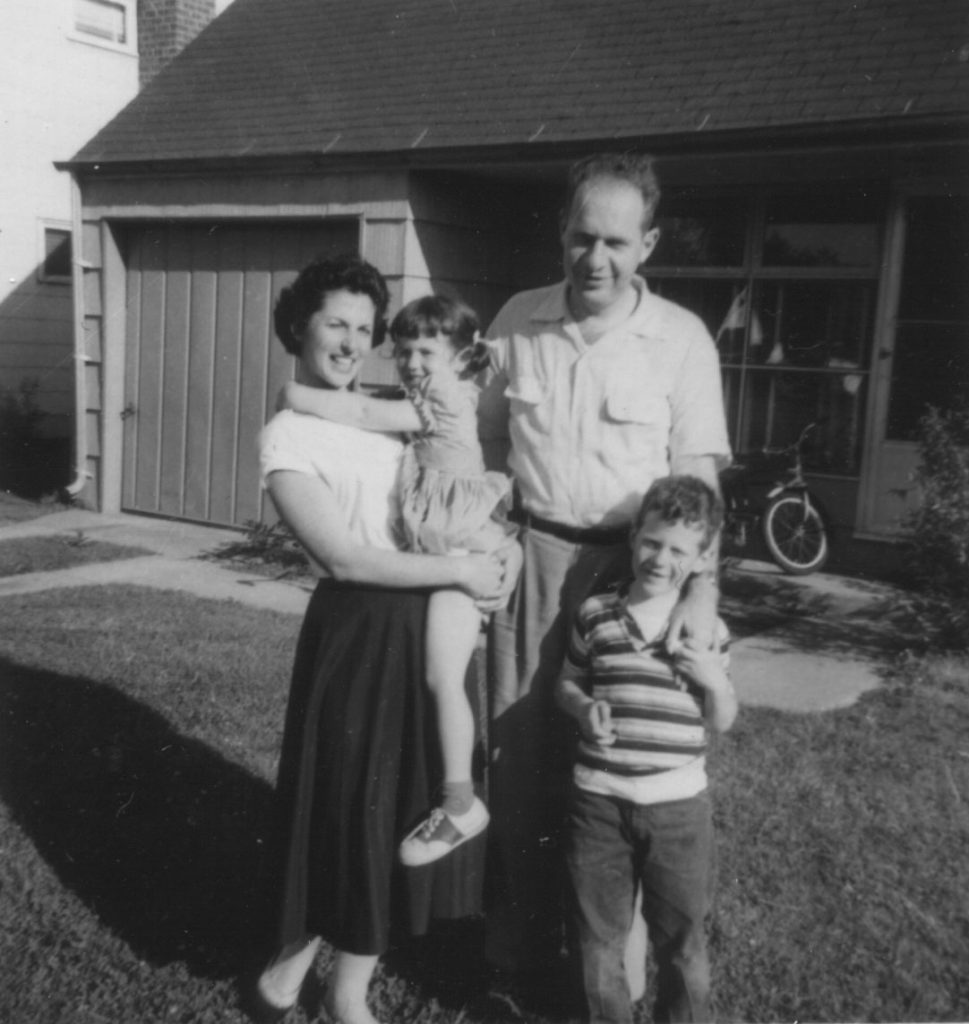
Developing an interest in medical imaging
As Al noted, it was around the late 1960s that he got interested in medical imaging. He applied for and received an NIH Fellowship, which he used to spend time in the Radiology department of UC San Francisco while completing his PhD on holographic television. It was during this fellowship that he came up with the idea of combining x-ray images acquired with different peak energies to improve conspicuity. Upon completion of his PhD, after looking around at a few universities he settled on an adjunct faculty role at Stanford, supported by Electrical Engineering and Radiology – one of the first multidisciplinary positions shared between the Schools of Engineering and Medicine. In 1972, he convinced them to convert this to a full professorship, focused initially on developing some of his early ideas in dual-energy x-ray and ultrasound. At the time, ultrasound image acquisition was very slow, requiring manual scanning of the ultrasound beam across the volume of interest. Al started to think about phased arrays as a way of addressing this problem.
AM: One of the problems with ultrasound arrays is, on receive, you can focus but on transmit, you can’t. I did some work on a circular array which was weighted with a Bessel function on transmit and in one dimension, you have diffraction-limited resolution; without that you don’t. You would then receive with dynamic focus and transmit with diffraction-limited resolution with the Bessel weighting.
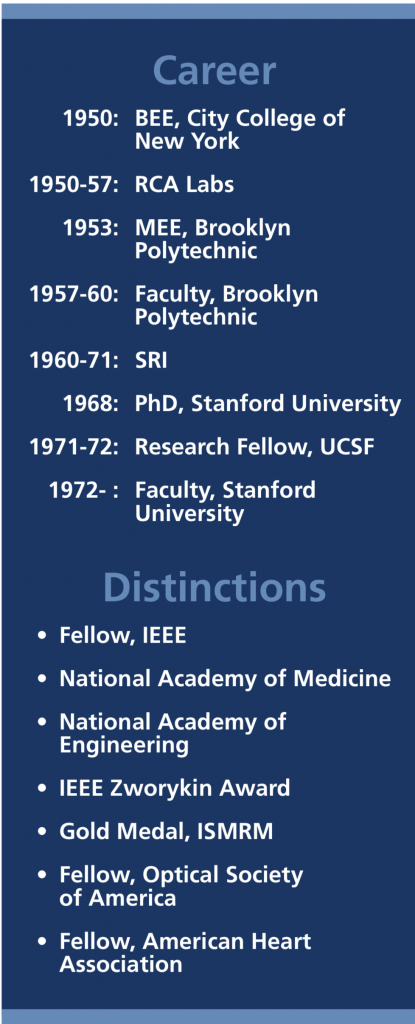 GW: This is now the early 70s and you’re establishing yourself as a medical imaging researcher in x-ray, ultrasound, and CT, but then MRI starts to show up at some of the conferences – what was your impression of MRI when you first heard about it?
GW: This is now the early 70s and you’re establishing yourself as a medical imaging researcher in x-ray, ultrasound, and CT, but then MRI starts to show up at some of the conferences – what was your impression of MRI when you first heard about it?
AM: The discouraging part was how long it took to acquire images, which we later found out wasn’t fundamental. But at the time, we were waiting for the relaxation time and for each excitation. And Lauterbur at the time did projection reconstruction. But it was fascinating the idea that there was no ionizing radiation.
GW: At some point you must have caught the excitement because you took a sabbatical to explore the field. What inspired you take that sabbatical?
AM: I had heard that EMI based in London had built an MRI machine and Godfrey Hounsfield was all excited about it. Then everybody else jumped in with better machines,and EMI decided to stick to the music business. They owned the Beatles. Hounsfield was very discouraged. EMI had built a machine with a resistive magnet and they donated it to the medical physics group at Hammersmith Hospital. And they gave Hounsfield one day a week to go there and play on his own, so I worked with him on those days. I was looking at a lot of the literature and got interested in the sensitive point imaging method.
GW: You’re referring to some of Waldo Hinshaw’s work?
AM: They had these oscillating gradients, and there was one neutral point in space – where the field was static. They would integrate the signals over time, so the contributions at other locations with time-varying phase would yield net zero signal, isolating the contribution from the neutral point. The thing that occurred to me was that if you take any other spatial point and multiply the signal by the resulting oscillating phase at that point over time, you just get the contribution from that point, effectively decoding it. So, if you apply oscillating gradients you have information about every point. The nature of the waveforms determined what the impulse response was. And if you had different kinds of waveforms you could determine your impulse response. What I should have done is gone and taken the Fourier transform of the impulse response and then it would have been k-space.
GW: This is captured in your 1985 paper on volumetric NMR with time-varying gradients. Effectively, you came up with a conjugate phase reconstruction approach which had the same effect as a Fourier transform in some circumstances, just as the k-space formalism was emerging. In the same paper, you talk about oscillating gradients in three dimensions to acquire volumetric data and acquiring data in one spatial and one spectral dimension, effectively spectroscopic imaging with time-varying gradients, ideas worked out in more detail by some of your future graduate students. A second area that you were playing with at the time was angiography and trying to image blood vessels – I think this came out of your x-ray days. Coronary angiography was a major focus of your research.
AM: Yeah, I remember someone said it couldn’t be done because of the moving spins. But people had shown that if you have a moving spin in the presence of a gradient, it becomes phase shifted. The idea of having phase shift so that static tissue would be cancelled out was attractive.
GW: That was effectively phase-contrast MR before phase contrast existed.
AM: And then the general idea of exciting magnetization in one area and looking at it in another area and then the reverse of that saturating the magnetization in one area and then when new spins wash in, they contribute relatively more signal than surrounding tissue.
GW: The latter describes the basis of timeof-flight angiography, where static spins in a slice are suppressed by repeated excitations, while signal from blood washing into the area has ‘seen’ fewer excitations and hence is less saturated. The former is effectively arterial spin labeling, where blood is tagged in an upstream slab and, after a delay that allows those spins to wash in to the region of interest, is excited in a way that isolates the previously tagged blood. That was all in your 1982 IEEE paper.
AM: I forgot! Yeah, I have to look at my papers!
GW: You’re an inventor. You wrote patents on a lot of these ideas. What motivated you to write these patents?
AM: Because of my work in RCA Laboratories they were an extremely patent-conscious operation. And there was a sensitivity to this. The patent staff would come around and look at your notebooks and say “why aren’t you applying for a patent for this or that?” And that consciousness remained with me. My feeling is that engineers should write their own patent applications because they know the language. While I was on a fellowship at UC San Francisco, I spent a week at the practicing law institute. They have a course, I think John Pauly also took it. You attend a class for a week, and then you take an exam, which entitles you to write your own patents and write for other people too.
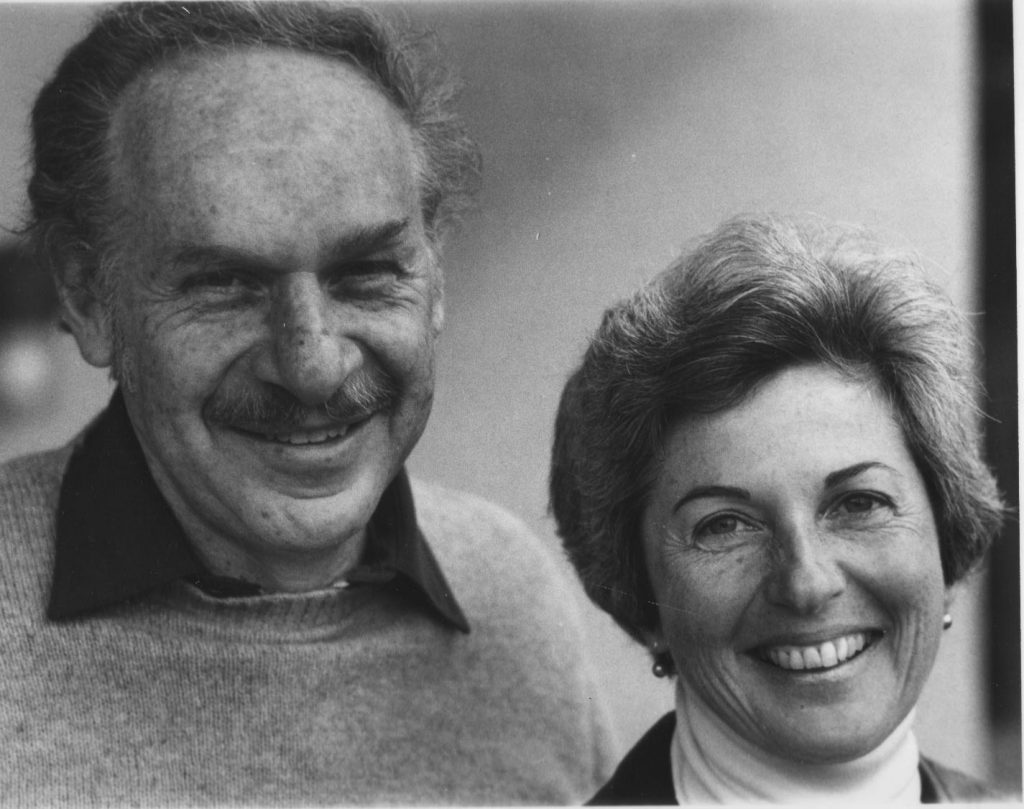
Setting up the MRSRL
GW: Not only did you come up with some great ideas, you created a lab which has been incredibly productive over the years. We’re now talking about the early 80s. And to do MR, you need an MR system. Can you reflect on how you managed to set up an MR system in the department of electrical engineering (EE)?
AM: Addie encouraged me to write a letter to GE and they looked at that very favorably which was great. And then the engineering school said they would give us a quarter of a million dollars to build the laboratory. And then Dwight [Nishimura] and I had some fun and games to find a place for the laboratory.
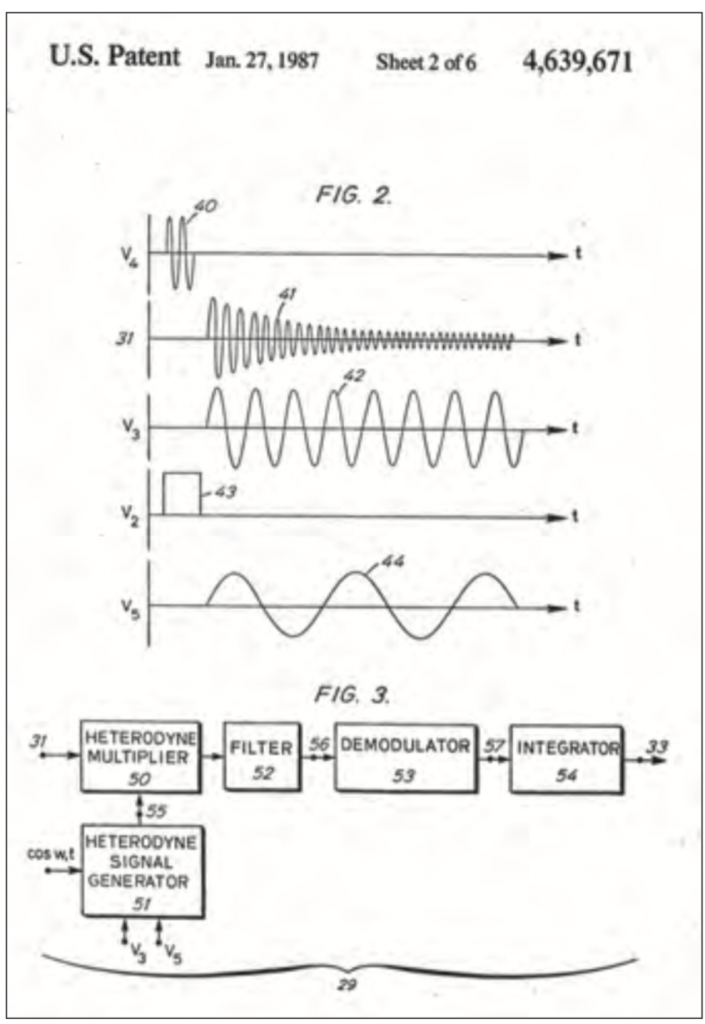
GW: And so you managed to get an MRI system put in EE. That must’ve been one of the first MRI systems outside of a radiology department in the USA.
AM: I think so. I think it was one of the earliest non-clinical MRIs.
GW: Image reconstruction became a big theme in the lab. I remember one area for instance, homodyne reconstruction, and it seemed to harken back to your TV days.
AM: Yeah. Whenever you have low SNR signals, you could decode them synchronously with homodyne detection. And that actually was done in TV too, for dealing with weak signal. So that was a direct analogy to what I had learned in the communications world.
GW: Very early on, I think you were motivated with the paper on the volumetric MR to get the maximum amount of SNR you could per unit imaging time, so you wanted to essentially make the limit to MR acquisition be SNR. But I look at how things have evolved, especially in the reconstruction world, and it seems like even out of your own lab, your ‘progeny’, they’re acquiring less and less data and getting better and better SNRs so it seems like we’re violating the Nyquist theorem.
AM: Well, I guess the only thing I can say about that is: you’re not asking to make a general image which would have any information in it. First of all, you’re dealing with images with finite support. That’s a very strong factor. And of course, I myself was never involved in that level of sophistication. But we did do some stuff. I remember in the early days, the strong signal at low frequencies was a technical problem. These signals would saturate some of the electronics and so we decided, why don’t we acquire images without the low frequencies and then, iteratively, just use the finite support to recreate the low frequencies using the known acquired data. I know what they’re doing now is much more sophisticated than that, but the general idea that you can leave out information remains the same.
GW: This became a general approach in undersampled reconstruction. Now, people are taking advantage of prior information with compressed sensing and the like, and that seems to be going even further now. An interesting challenge in this whole game is how do you make sure that you’re not imposing too much structure on these undersampled systems?
AM: Yeah, you know a lot of those concerns were also raised in the early days of TV. First of all, they did single sideband, which is fine unless there’s very strong modulation. And so, for the low frequencies, they were double sideband and only the high frequencies were single sideband.
GW: And it sounds like the low frequency preservation also has parallels in MR. You make sure you get the center of k-space fully sampled, you get the blurry image and then again, you fill in the high frequencies in ways that allow the eye to integrate out the artifacts to make it look like noise. I think that the biggest challenge to industry adoption of these undersampled reconstructions is trusting the data because again, we’re imposing a lot of prior information. We also have to make sure that we’re not introducing artifacts that look like disease or that hide disease. Essentially, it’s a lossy compression.
AM: Right. And getting the clinicians to trust the images is critical. Broader development of the field
GW: You’ve been involved in MRI since the early days of the field and a major driver of the broader development in the field has been the academic societies: the International Society for Magnetic Resonance in Medicine (ISMRM) and its predecessor societies SMRM and SMRI. I think you were in the middle of some of the stronger debates at the early meetings.
AM: Oh, you mean on optimal field strength! I don’t know how I came out of that alive. I was moderating. Then I ended up hiding. Leon Kaufman thought that 0.3 Tesla was all you needed. Beyond that, you were limited by extraneous noise that had nothing to do with fundamental Johnson noise, and Paul Bottomley said that with a simple equation you could show – the higher the field strength the better the SNR. Leon Kaufman said it didn’t work that way.
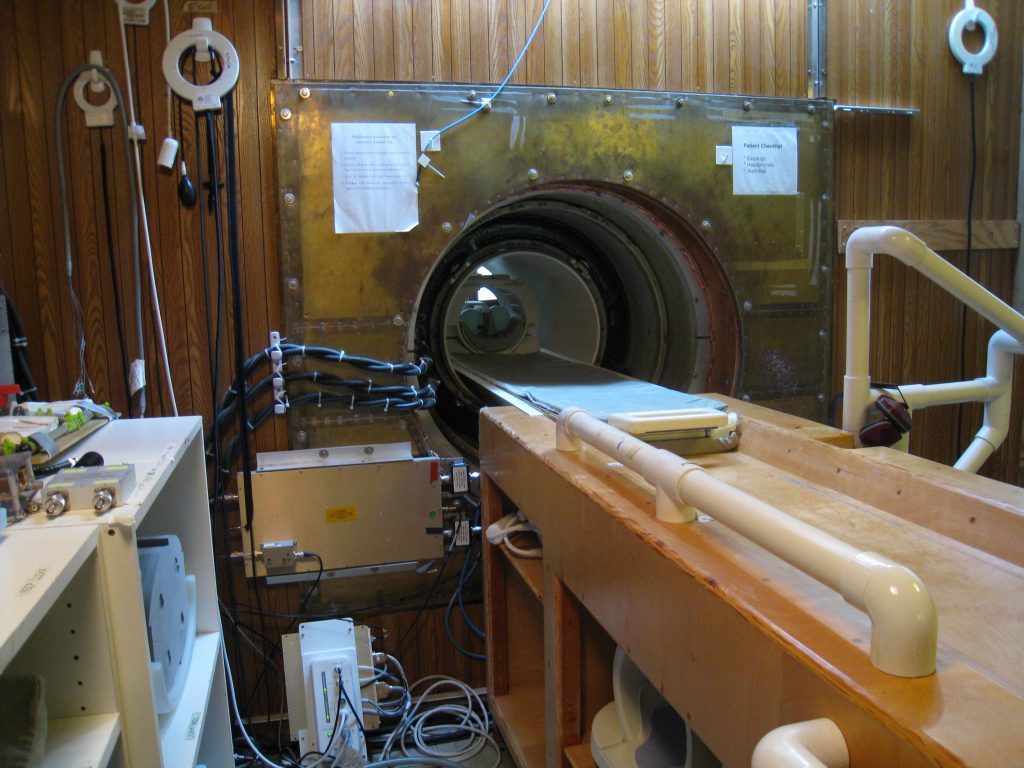
GW: But somehow, you got out of the debate; the society kept on going, continuing to build. From the beginning, it was really targeted as a multidisciplinary society; it reflects your early academic career of trying to bridge the gap between engineering and medicine. How did you establish your own collaborations [with clinicians] and get the medical perspective on how to develop your ideas?
AM: You had to demonstrate some kind of success. Maybe that was done early on with the EMI machine where clinicians actually saw information coming out of a scientific endeavor that they weren’t able to see before and so they started to have some trust in the engineering community. I think that trust slowly built up – although they always were cautious, which they should be, and they are to this day, that you’re going to go too far and lose out on some important information.
GW: So it was important to anchor the technical developments with a clinical application.
AM: Yes.
GW: You were recognized in ’97 with ISMRM’s top honor, the gold medal. Can you reflect on that?
AM: It was very exciting. What was going on that same year was the early work in functional MRI. So that was really the excitement of that time.
GW: And then a few years later, your last major meeting was 2009. You gave a plenary lecture.
AM: Yeah, Honolulu. I forget the title – something like, “A Great Past and a Wonderful Future,” that there were these two avenues of research. One was the chemistry of nuclear magnetic resonance and the other was the imaging that had developed with CT. And so, for example, when Lauterbur did his first reconstruction, he did it in the normal CT fashion because that was all there was, and it all developed. So, it was the meeting of these two armies. And just to be funny, I said that imaging people really don’t understand nuclear magnetic resonance. It’s a new phenomenon. I said one way they could think about magnetization was water draining, swirling, and refilling in a toilet and that got a lot of laughs.
GW: I think I remember that analogy. In fact, I think you described the idea of T1 and T2 with the filling and flushing of the toilet.
AM: Right…
GW: And you tried to create a steady state at some point.
AM: Just hit the lever right to hit steady state.
GW: The teacher in you came out, trying to get people really thinking about it. I heard afterwards that many people were thinking about MR every time they went to the toilet.
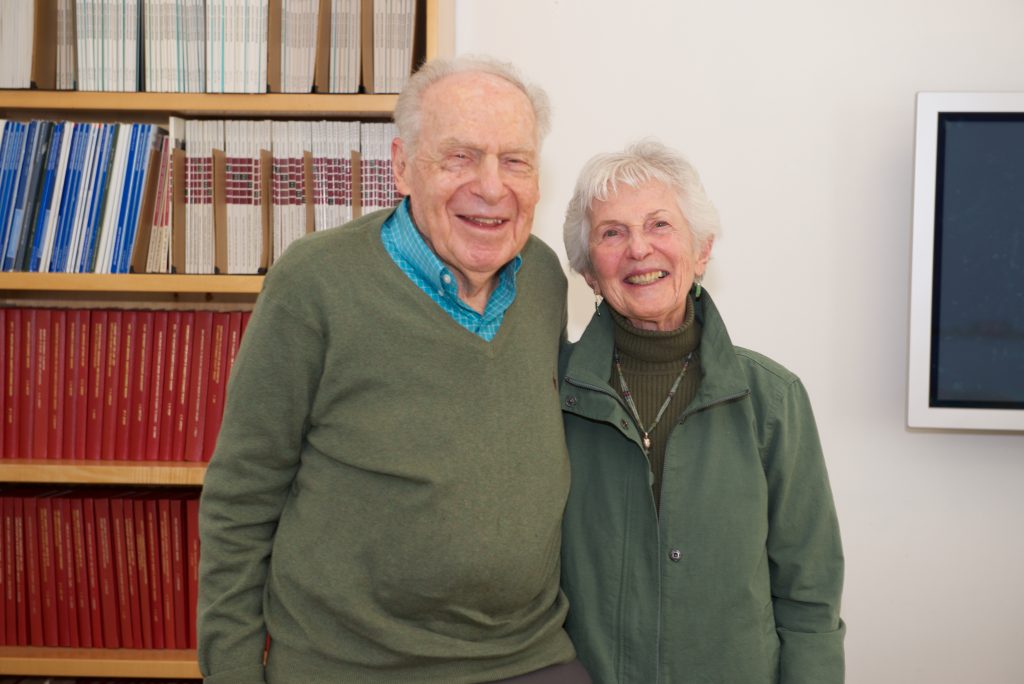
Looking back and looking forward
GW: In many ways, your time in this field has been the golden age of medical imaging. It’s been described as one of the major advances in medicine over the last 50 years. You got into it to make a societal impact, which it has done in a huge way. If you were to advise somebody now – would you still recommend them to get into the medical imaging field?
AM: Yeah. I think it’s great.
GW: What more is there to do?
AM: Well, when there is a big contribution in physics, it tends to overrun into instrumentation. For instance, if you did have truly warm superconductors, you could make some very interesting MRI machines at low cost and bette deploy them in the field. The other thing is just looking at what Bill Gates does – to try to get all kinds of scientific developments out into the developing world. The goal of an MRI machine that you could distribute widely in African nations, I think, is very respected. Perhaps you could build an MRI machine where you would mimic CT scanning – you would move the patient through and you’d have a fixed gradient and have a fairly small machine.
GW: And you see these huge opportunities still in making MRI more accessible?
AM: Lower costs. Even television went that way with these big screens, things that were extremely expensive – I’m amazed how they could bring the cost down. Of course, that’s a different world of mass production. I don’t think MRI will get to that, but I think you could do clever things that would result in a very low-cost machine.
Graham A. Wright, PhD is the Director of the Schulich Heart Research Program at Sunnybrook Health Sciences Centre, a senior scientist at Sunnybrook Research Institute, and a professor in the Department of Medical Biophysics at the University of Toronto. Dr. Wright was appointed the Canada Research Chair in Imaging for Cardiovascular Therapeutics in 2010 and is a Fellow of the International Society of Magnetic Resonance in Medicine (ISMRM). He has also served as President of the International MR Angiography Club, Chair of the Interventional Study Group of the ISMRM and Chair of the Science Committee of the Society for Cardiovascular Magnetic Resonance. Together with trainees and collaborators, he has published over 175 peer-reviewed papers and 460 conference abstracts, which have garnered numerous awards and resulted in more than 20 patents
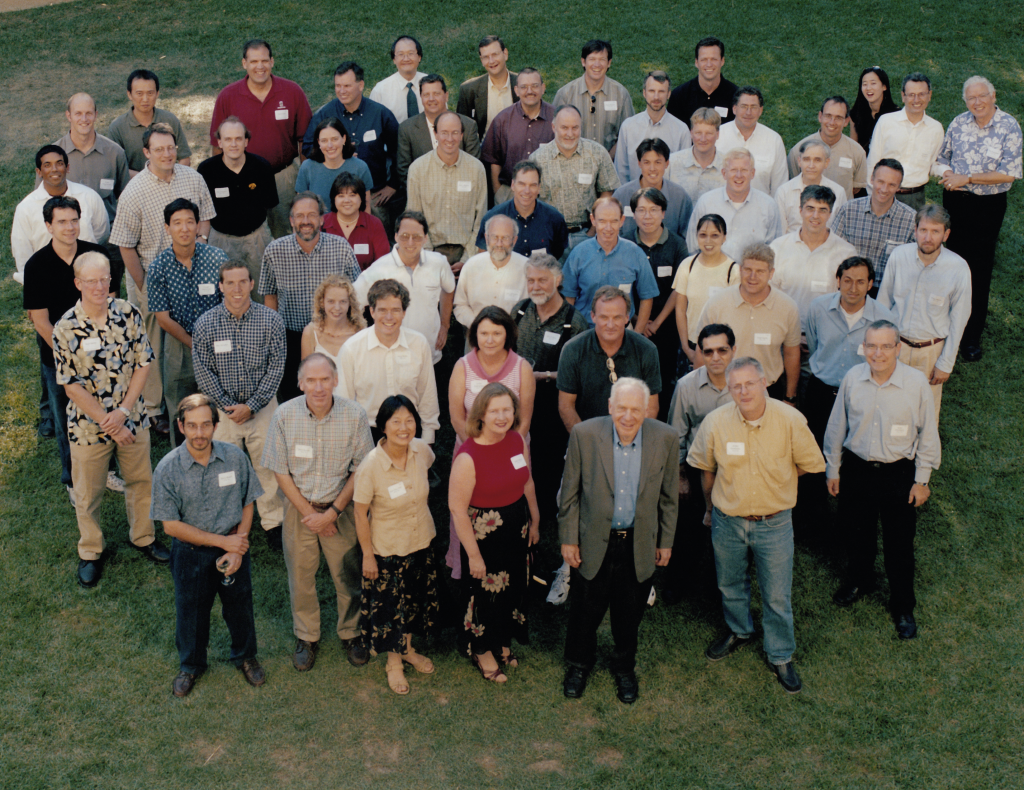
In the end, it’s all about the people
In the second part of the interview, we had a chance to delve more into the personal interactions arising during Al’s career. For this, Al’s wife, Addie, and one of his early students, Dwight Nishimura, joined the conversation.
AM: Of course, the best part of the experience at CCNY was meeting Addie when I was halfway through. That changed everything.
GW: It inspired you?
AM: Yes, very much.
GW: When did you get married?
AM: We got married in August of 1950. So this summer is 68 years.
GW: How has Addie influenced the way you’ve approached your career?
AM: Well, I started getting much better grades when we started going together. That’s for sure. Got all A’s which I didn’t do before. And we both came from immigrant families that were in poor circumstances, so we always looked at our life as an adventure in which we supported each other. Addie hadn’t had very much education at the time we got married, but subsequently, when we came out to California, she went to Foothill and got a degree. And then went to San Jose State and got a bachelor’s degree, then went to Santa Clara and got a master’s degree [in Marriage and Family Therapy]. She was the world’s best therapist, which her patients will attest to.
GW: Did Addie’s experience as a therapist transfer into any of your dealings with students? I imagine being a mentor requires similar strategies.
AM: Yeah. People would get discouraged. I would encourage them and suggest some different lines that they could pursue and that usually worked out.
GW: Did Addie give you advice on anything in particular?
AM: Every once in a while, somebody would come to me with their romance problems. I wasn’t good at that.
GW: You and Addie have endowed a chair at Stanford.
AM: Yeah, we got these patent royalties. I figured it was really the result of a whole crew of people, and so we wanted to give back on that level.
GW: You named the chair the Addie and Al Macovski Professorship, and you wanted to focus it on bioengineering, particularly medical imaging. So together you endowed this professorship.
AM: Yes. We both felt very strongly about it, and that the motivations for the research should not be purely monetary. There, on some level, are always some monetary aspects but maybe somebody decides to study some very rare disease, which a commercial company wouldn’t think of investigating.
GW: And academia is probably an optimal environment to encourage those kinds of breakthroughs.
AM: Yes, that’s true.
GW: You’ve had over 60 Ph.D. students, so you are obviously very inspired by teaching and working with students. Maybe you can speak to why you chose to go that route versus continuing in industry?
AM: When I was at RCA Labs, I had all the resources I could possibly need. If I had an idea, I could have a technician build it up immediately and try it. In industry, you have lots of resources but you don’t have any choice as to what you work on. In academia, you have very little resources. Everybody’s their own technician. But you’re free to work in any area you want, so that was very appealing to me.
And if you could get an idea in medical imaging, nobody would say you can’t work on that, whereas in industry, they will tell you that’s not a money maker for us. I think what was also attractive to a lot of great students, like you, was the idea that it was medical, that it was for humanity. So much of electrical engineering research at that time was Defense Department stuff. I think it was a filter that got some very unique people who wanted to apply their scientific knowledge toward some good cause. Of course, they were all very bright.
GW: The lab itself was an incredibly fun place to be, and MRSRL seemed like a unique environment. I’m just trying to get a sense of what was the secret sauce. What was your goal in setting it up?
AM: I knew there was a lot left to be done. And given the resources of having our own machine and the right motivation, I was very excited about the idea that if you let these guys loose, that they were going to remake the world.
GW: So how would you describe your management style?
AM: Well as I often say, getting out of people’s way. If you start out with a little seed of an idea, and they take over from there, then you meet with them and you modify it if they’re stuck; maybe you should try this or maybe you should try that. Usually great things come out of it.
GW: It seemed like you set really hard problems in the lab. For instance, noninvasive coronary imaging has essentially been a 20-year problem.
AM: Yeah… or more. But I think that a lot of the students stood on their own and I was more of a kibitzer. They really did it on their own. Wonderful stuff.
GW: It seems that the lab was really encouraged to bounce ideas amongst each other. How do you encourage that?
AM: I don’t know.
GW: [Laughs] Just lucky?
AM: The harmony among students was just beautiful to watch. Sometimes we ran into this stuff which was just grunt work like installing the magnet. It didn’t take any scientific knowledge. Once we had a flood. People rolled up their sleeves and just jumped right in. It was amazing to watch the dedication that they had. They weren’t going to get a thesis out of mopping water.
Dwight Nishimura (DN): But I think part of your secret sauce, Al, was you planted very firm seeds in people’s minds. Planted ideas, but you made them feel like it was their idea. And they went off and went very far with these ideas.
AM: Well probably because what I had suggested was vague and they were able to apply specifics.
GW: You gave them the opportunity to imprint their own ideas onto it. It’s so important that students take ownership of their ideas. But there’s a priming step to that. It’s seeding that idea, and then recognizing their contribution to building on that idea. Making sure that the students are recognized for their contributions is something that I think you were a master at.
AM: I tried.
DN: You said you don’t know the answer to the question about why it worked. I think for me, and for other students, you set an example. We all wanted to be like you. So we wanted to be that creative type of person that can make an impact.
GW: I think one of the things you also managed, by example, was to create a place without ego. I think everybody recognized that nobody was going to be smarter than you. So, we had these incredibly smart people, but they didn’t want to overplay their own importance.
Addie Macovski: Underlying it all is the humanity. It comes through with your trust in the students and in yourself. Within yourself, you were able to give that to the students.
DN: My wife Ann [Shimakawa] thinks the advisor sets the tone and has a huge impact on how people behave in the lab. And that certain personalities, if they had a different adviser, they would have been a real terror. But you moderated them, not because you told them, but because they observed you.
AM: Yeah, the atmosphere. Thank you.
GW: It’s been a great discussion. Is there anything that you want to add?
AM: Well, I feel I was given an opportunity to meet some great people doing some extremely interesting work. I consider it a privilege to be able to work with such bright people. It really made my life. It inspired me.




